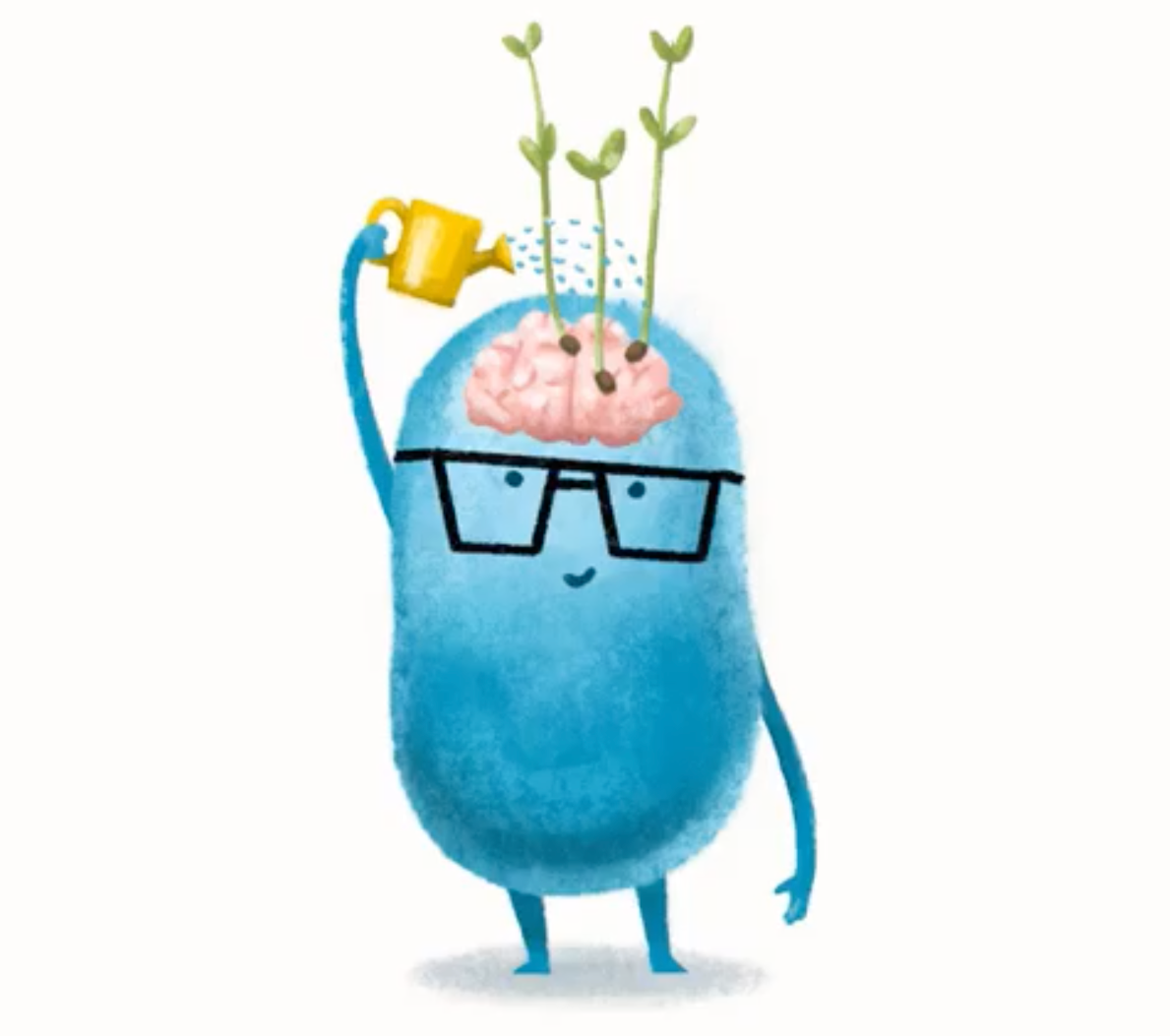Listening to someone who works in the same industry as us and shares a passion for an increasingly prominent cause — fighting climate change — inspires and pushes us forward.
We gathered the thoughts of a local designer based in Copenhagen reflecting on one of the hottest themes in the global design community right now: sustainability.
Before we dig into questions regarding UX and climate change, would you like to introduce yourself?
I’m Jeppe Kruse and I am a UX generalist — I sometimes say I’m a designer who doesn’t design. I like reflecting on how things fit together and find processes that can bring us closer to a goal. This can sometimes infuriate clients who just want a new design for their website.
I came to the world of digital design through writing and sketching. I worked as Director of UX and Tech at Spring/Summer, a Copenhagen-based agency, and now, I’m working independently on projects that range from digital strategy to auditing a digital product UX. I also volunteer for a climate campaign where I’m helping them design a new website. And I avoid working with oil companies.

You are an activist striving to influence people to make a change. In your opinion, how can designers take responsibility and contribute to the climate cause?
As a first step, we need to recognize the gravity of the climate problem. Issues do not disappear by being ignored; the facts speak for themselves in evidencing that this problem will not go away by itself. Do we have a greater responsibility compared to other professionals? I don’t know. What I do know is that we all have a huge weight on our shoulders. We need to work both on an individual and collective level in order to fight climate change.
We, designers, should use our skill set to help companies create more awareness. We have specific skills and the ability to access things that we can use for good.
I think designers can have a big influence on people when working within sustainability, especially in terms of empathy and human-centered design. There is already a conversation about ethics and social responsibility going on in the design community at the moment. Many are discussing the unethical practices of the big tech companies; for example, how Facebook is being used to disrupt the democratic process, how Google has created a monopoly for search, or how some digital products are created with an intention of being addictive. Designers made those products, and designers need to own their part of the blame. Finding the most effective solution to changing the system from within is still an ongoing conversation.

I also want to stress that the climate crisis is a communication phenomenon as well. Designers need to figure out how to design things that lead to action with a constructive sense of urgency.
We need to avoid Climate or Apocalypse Fatigue, and subsequent loss of the public’s attention. Understanding the specific mechanisms of the climate crisis and focusing on effective communication is the pathway to creating a constructive sense of urgency and encouraging people to act. A friend of mine, Mads Quistgaard, from Urgent Agency, has written a lot on this.
So my point is that, now that a conversation around ethics and sustainability has started, we can establish a practice of accountability and responsibility around climate issues. We need to ask our future clients or employers questions like “Are you carbon neutral?” or “Will your work as a designer make a positive difference on the environment?”. We already know that the worst offenders are oil and gas companies, ICE cars, companies producing certain construction materials, and meat production. As designers, we should feel a certain sense of duty if we work for a company in these industries.
But a world where designers say no to work that doesn’t live up to their standards is only ideal and abstract. One also needs to make a living. So if this is to become a movement, it needs to be a very supportive one.

Do you think Danish design companies stand out for being greener than companies in other countries? If so, what can other companies learn from the Danish way? Do any examples come to mind?
I would like companies to start asking themselves, “what would it take for us to be able to create sustainable digital products without losing our integrity?” I don’t know many design companies that are doing this. I know that some agencies are on this path to do this. The international agency UsTwo, for example, has become a certified B Corp. But also, there is an app called North that calculates the climate impact of your daily choices by connecting to apps and services you already use. It can help us keep track of our footprint and make us more climate conscious. It’s not perfect but I think it’s the best out there so far.




